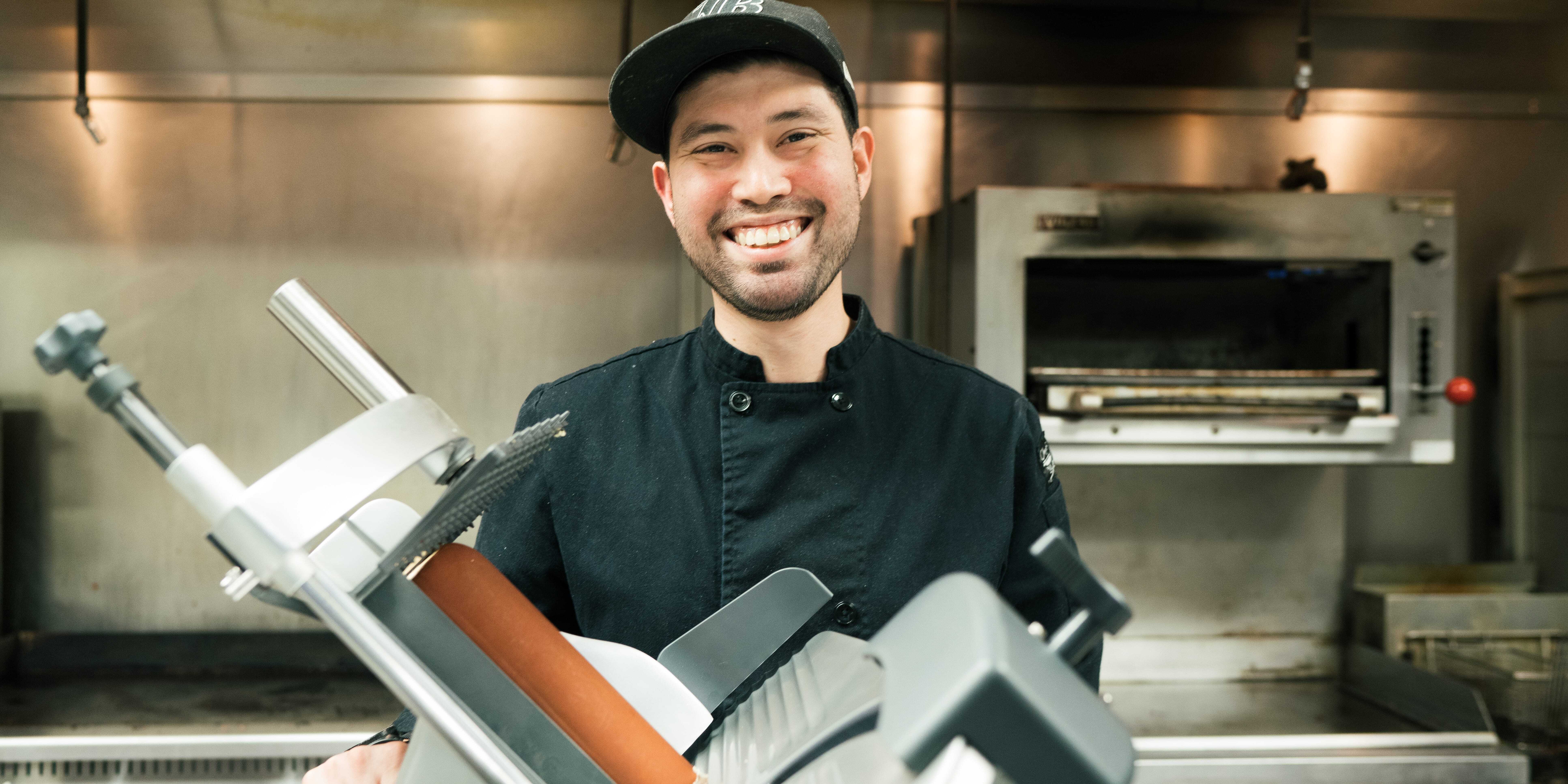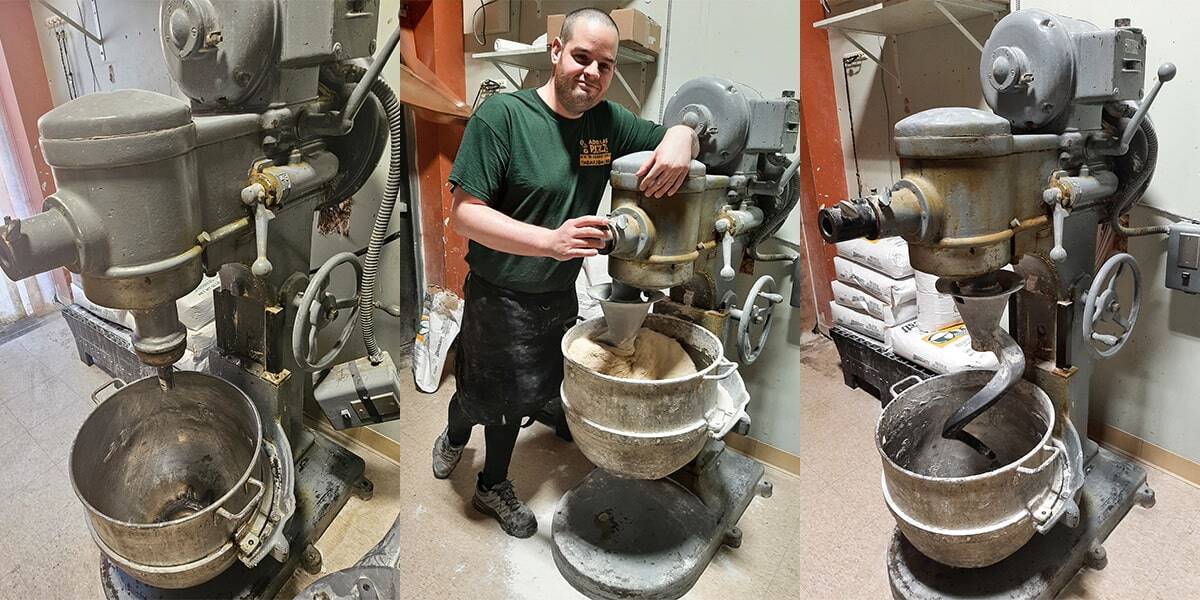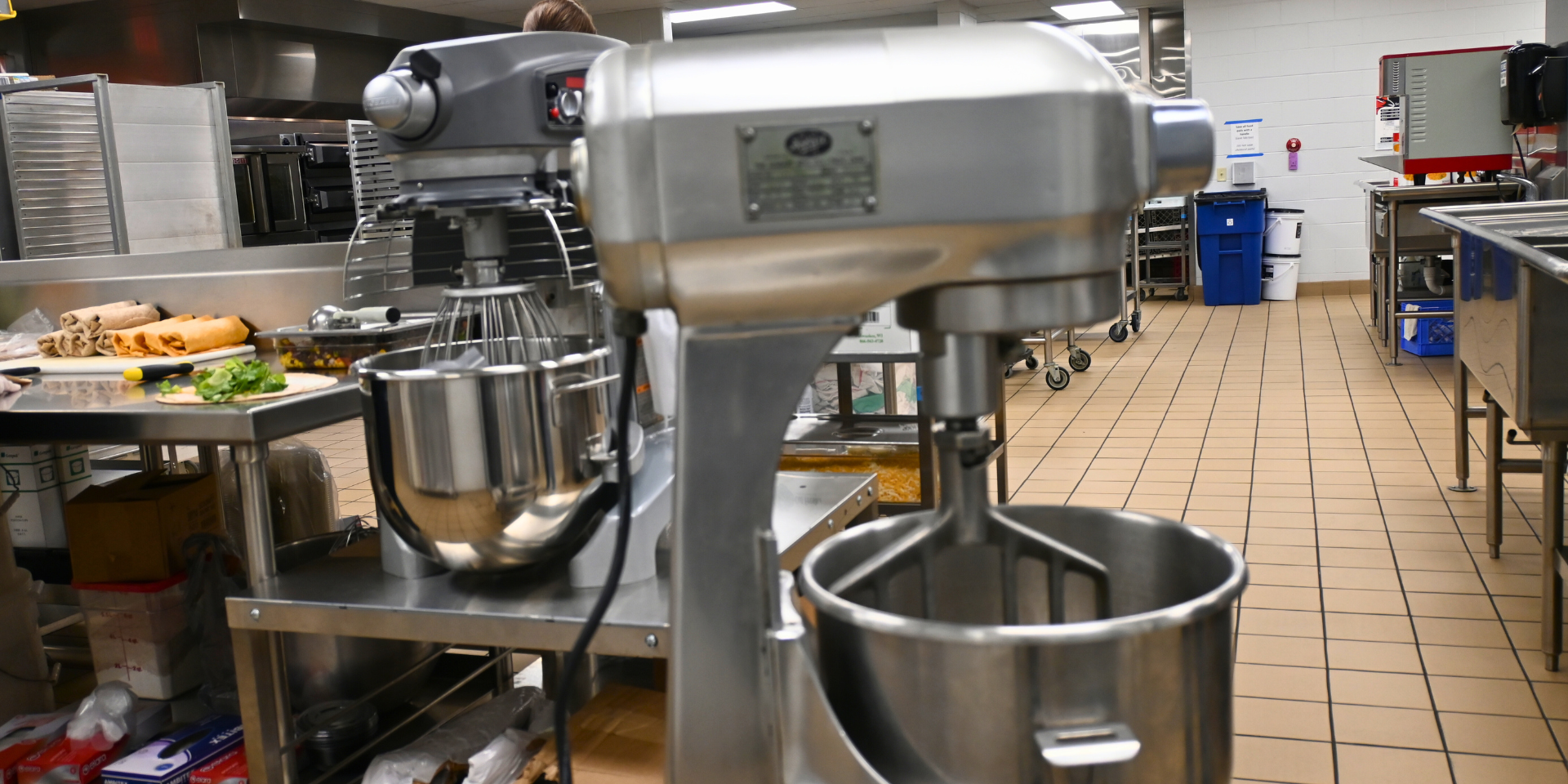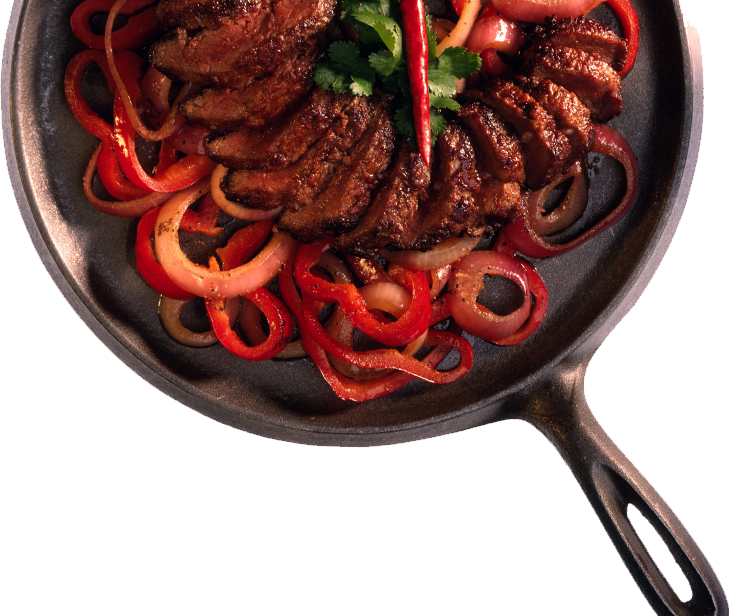Whether it’s for equipment in an independent butcher shop or meat room in a retail grocery space, proper cleaning and sanitizing is imperative. First and most importantly, doing so reduces the risk of contamination and food borne illnesses. It can also improve equipment performance. The better care an operator takes during the cleaning process, the greater likelihood the equipment will last longer and require less maintenance.
For Hobart meat room equipment, the cleaning and sanitizing process is often similar; however, the components that are removable and require handwashing and lubrication vary. It is important to understand what parts require a specific type of cleaning to avoid issues like rusting.
Always consult the operator manuals for cleaning instructions and always disconnect equipment from the power supply before beginning the process.
Operators should follow cleaning instructions before the first use of any meat processing equipment and after operation each day. If the equipment will be out of use for an extended period, clean it prior to that downtime and before using it again.
Meat saws
Meat band saws, like the Hobart 6801 and 6614 models feature a stainless-steel open frame construction with easily-removable parts — a design that helps simplify the cleaning and sanitizing process. Nearly every part can be disassembled, without tools, and washed in a three-compartment sink. These parts include:
- Upper pulley cover
- Lower cover (scrap pan)
- Tables (right and left hand)
- Scrap tray
- Pusher from integrated pusher carriage
- Column guard
- Carriage
- Pulley wiper
- Blade scrapers
- Lower blade guide assembly and upper guide and guard assembly
- Saw blade (consult the operators manual for instructions on removal)
Scrape any particles from the components, then wash these parts with a neutral pH cleaning solution, sanitize with an FDA Food Code compliant product at 171 degrees F and thoroughly rinse. Allow the parts to air dry on a rack to avoid water pooling on them, which can lead to rust.
Operators can clean the meat band saw’s open frame manually, using a soapy cloth, then sanitize, rinse and dry. High-pressure washers (at a maximum of 1,100 psi) are also usable. When employing this method, thoroughly hose down the frame including all corners. Use a brush when necessary to remove scraps.
Before reassembling the equipment, apply a light coat of mineral oil to the metal surfaces and lubricate the ball bearings on the carriage and gauge plate slide rod. Consult the operator’s manual for directions on reassembly.
When cleaned and cared for properly, meat saws allow butchers and retail operators to create a variety of cuts to suit their customers’ demands, whether a pork chop or New York strip steak.
Mixer-grinders
Mixer-grinders are an excellent choice for retail meat rooms for mixing and grinding large volumes of burger blends, ground pork and sausages. Before cleaning a Hobart mixer-grinder, unplug the equipment and seal the electric connection (according to the operator’s manual) to prevent moisture from entering.
As with Hobart meat saws, Hobart commercial meat mixer-grinders have a design that helps facilitate thorough cleaning and sanitizing. The ergonomic, easy-access hopper simplifies the process since the operator can reach fully inside it to clean all areas.
Additionally, the mixer-grinders have multiple removable parts. To disassemble these, follow the instruction manual for removing the mixing arm, adjusting ring, plate and knife, which should be done first. After, remove the cylinder, then the conveyor screw. Seals can be removed by hand for cleaning. Wash all parts, along with the grinding attachment, in a three-compartment sink with cleaning solution, sanitizer and clean water for rinsing. Air dry the components on a drying rack and add a light layer of mineral oil to lubricate the mixing arm seal and remaining components before reassembling.
To clean the hopper on a 4246 mixer-grinder, wash with hot water and/or a Hobart-approved cleaning solution and sanitizer. Consult the manual for cleaning the MG1532 or MG2023 mixer-grinder, which says to install the drain tray under the hopper. This allows the operator to wash the machine and rinse it with clean water, while directing the wash water to a floor drain or bucket.
Meat grinders
As their name implies, commercial meat grinders are designed to grind meat (as opposed to also mixing like a mixer-grinder does). Hobart models work well for fresh or tempered meats and can be used for high-volume meat processing. They are made with a stainless-steel finish that is easy to clean and have a heavily tinned cylinder, worm and adjusting ring to reduce the risk of oxidation.
Operators can remove the feed pan for cleaning in a three-compartment sink or tilt it back to clean it with soapy water, sanitizer and clear water while it is still connected to the meat grinder. Whether the operator tilts or removes the pan, it supplies access to remove the bowl, knife, plate and other components to wash, sanitize and rinse in a three-compartment sink. Once the parts have completely air-dried on a drying rack, lubricate and reassemble the non-exposed components according to the operator’s manual. Wash the exterior of the meat grinder thoroughly. Typically, this is an easy process since there are usually little to no scraps or residue on the machine.
Meat tenderizers
The Hobart 403 meat tenderizer offers the versatility to cut pork, chicken breast and select cuts of beef for stir fry and fajitas. It can also be used to strip cut turkey and cheese for salads. It is important to note that the meat tenderizer tool should be cleaned daily or when the operator is changing types of meat to avoid cross-contamination.
First remove the guard where the meat is loaded, along with the hanger lock that holds the knife cluster or strip cutter in place. Then remove the knife cluster and strip cutter and use a cleaning fork to clean these parts free of any food particles. Never use the cleaning fork if the tenderizer is on or running. Place each of these removable parts in a three-compartment sink to clean, sanitize with an iodine-based solution and rinse thoroughly. Wipe down the exterior of the machine with a clean, wet cloth and let it and the parts air dry completely before reassembling the tenderizer.
Take note of any damage to the knife cluster or strip cutter when reinstalling and replace as needed.
Post-cleaning lubricating is not needed for the meat tenderizer, except for lubricating the gear case annually. Operators can use the dipstick in the vent hole to check the lubricant level.
Maintaining cleanliness
No matter what butchering equipment is being used, always follow the directions for proper cleaning and sanitizing, taking care to be thorough in the process. It is also important to train new employees in the best practices. Consult the Hobart Resources page for operator manuals, spec sheets and videos to help.
About the Author
 Megan Gray is the product line manager for Hobart – Food Preparation Products. She has been with Hobart since 2017 and specializes in Hobart meat room, specialty and food processing equipment. See all her blogs here.
Megan Gray is the product line manager for Hobart – Food Preparation Products. She has been with Hobart since 2017 and specializes in Hobart meat room, specialty and food processing equipment. See all her blogs here.


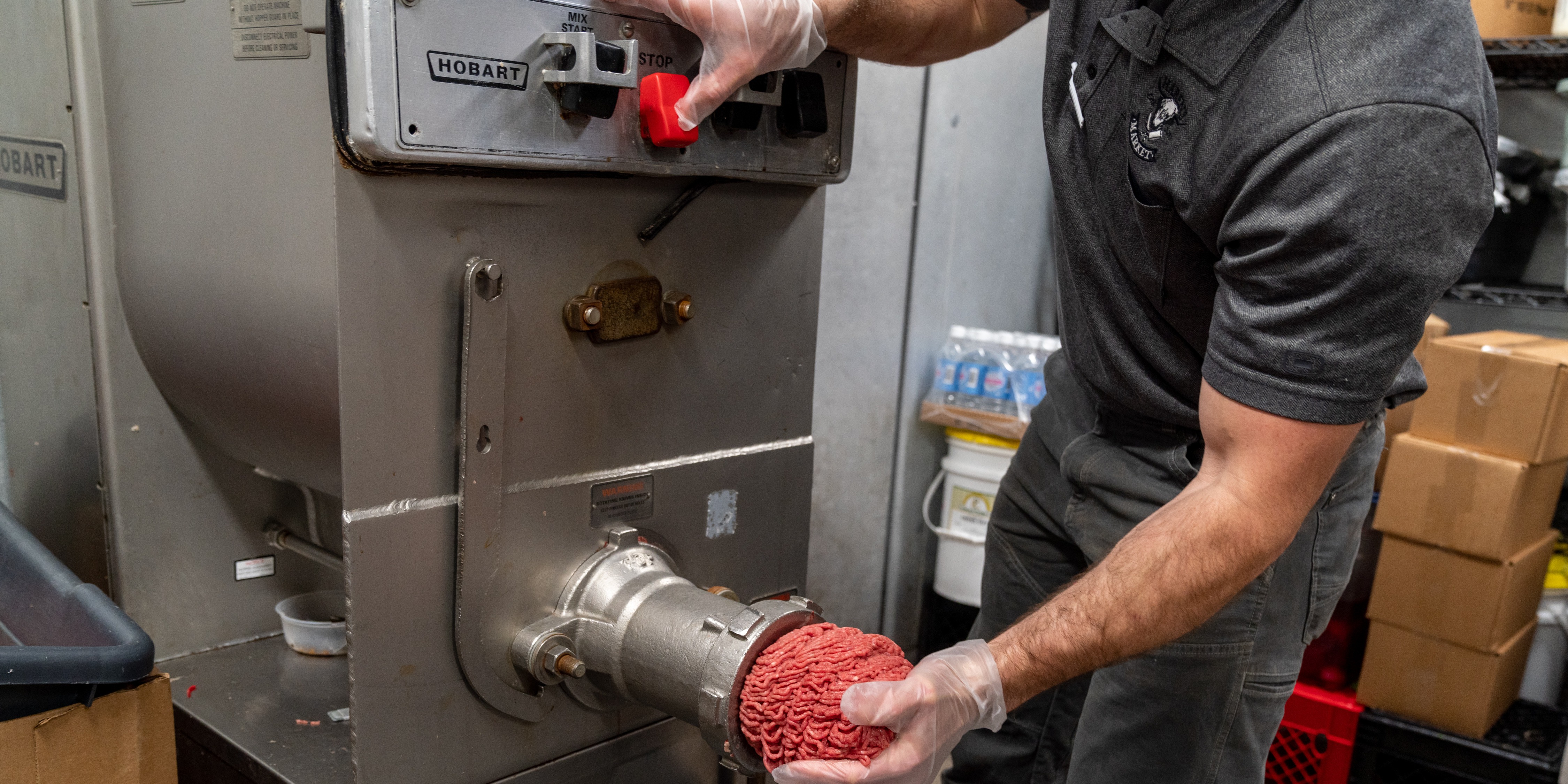

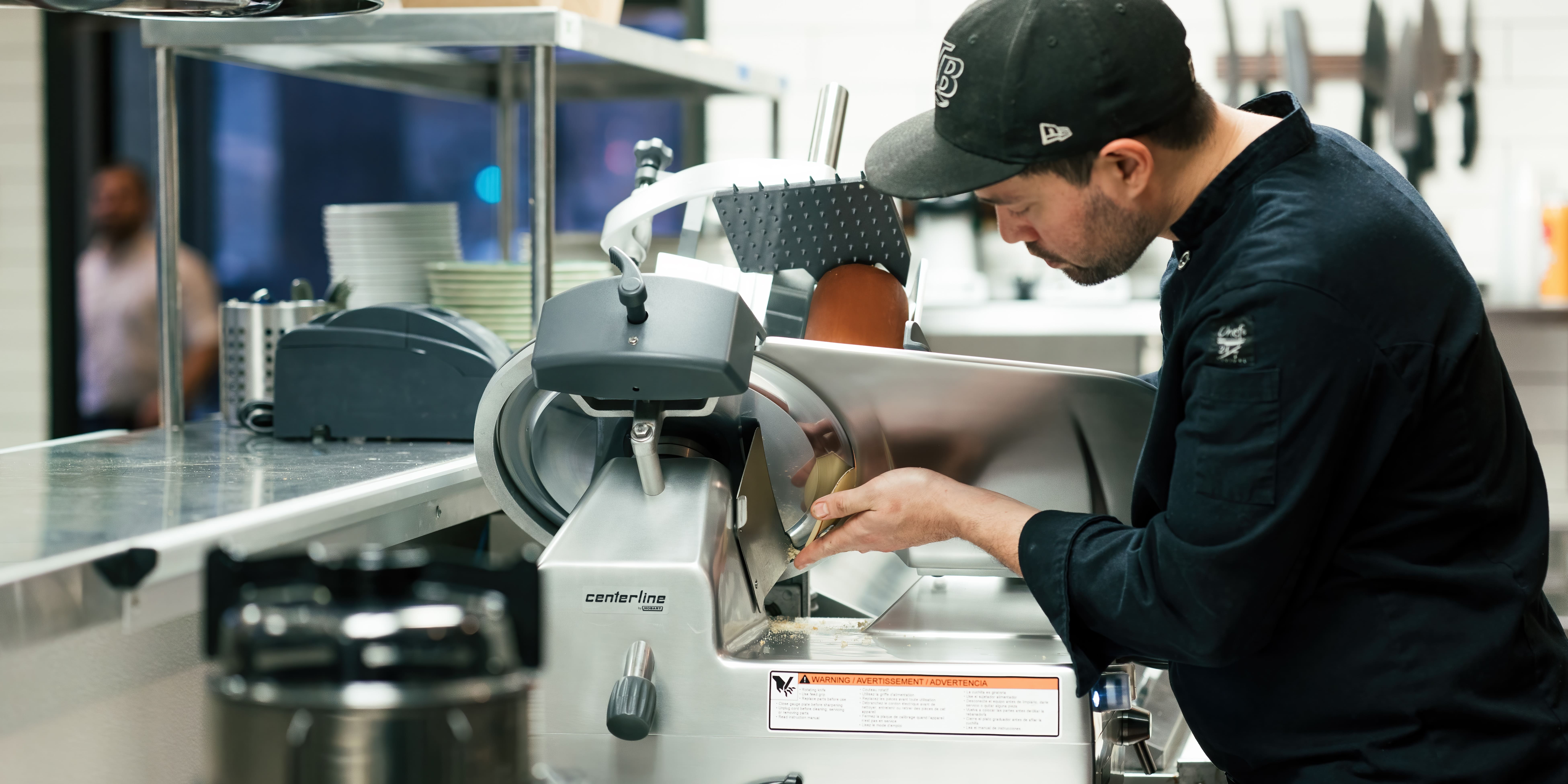
-min.jpg)
